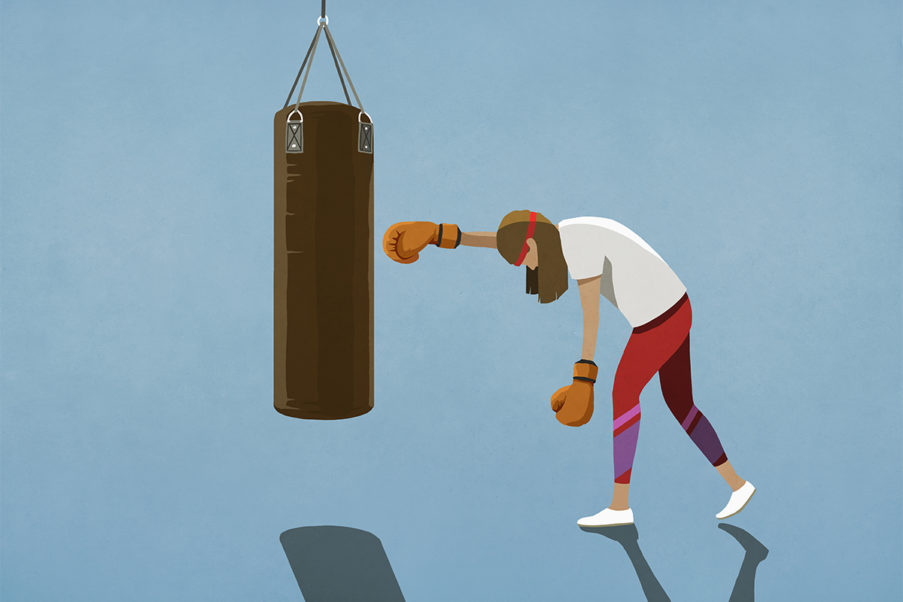Why Being Sedentary Makes Exercise Harder
Researchers find links between regular exercise and better circulation.

New research adds evidence to the adage, “use it or lose it.” If you’ve ever taken a long break from training and found yourself completely breathless when doing something that used to be easy, you’re not imagining your discomfort. Being sedentary or inactive may deactivate a protein in the body that plays a critical role in maintaining capillary density, according to findings reported in The Journal of Clinical Investigation (2022; doi:10.1172/JCI141775).
The net result is that exercise is even more difficult because muscles cannot get enough nutrients and oxygen to support increased demands. Being sedentary deactivates the Piezo1 protein, an important blood flow sensor that not only maintains blood vessels, but also contributes to blood vessel development.
“Although many responses to exercise are known, how the benefits of exercise are initially triggered at a molecular level is mysterious. Our study highlights the crucial link between physical activity and physical performance made at this level by Piezo1,” said lead study author Fiona Bartoli, PhD, University of Leeds School of Medicine. “Keeping our Piezo1s active by exercising may be crucial in our physical performance and health.”
Of note, scientists conducted the study with mice. After 10 weeks of Piezo1 disruption, mice were unable to exercise at an equivalent running speed compared to control group mice. The Piezo1 deprived mice still had the desire to exercise but did not have their former ability.
Shirley Eichenberger-Archer, JD, MA
Shirley Archer, JD, MA, is an internationally acknowledged integrative health and mindfulness specialist, best-selling author of 16 fitness and wellness books translated into multiple languages and sold worldwide, award-winning health journalist, contributing editor to Fitness Journal, media spokesperson, and IDEA's 2008 Fitness Instructor of the Year. She's a 25-year industry veteran and former health and fitness educator at the Stanford Prevention Research Center, who has served on multiple industry committees and co-authored trade books and manuals for ACE, ACSM and YMCA of the USA. She has appeared on TV worldwide and was a featured trainer on America's Next Top Model.






